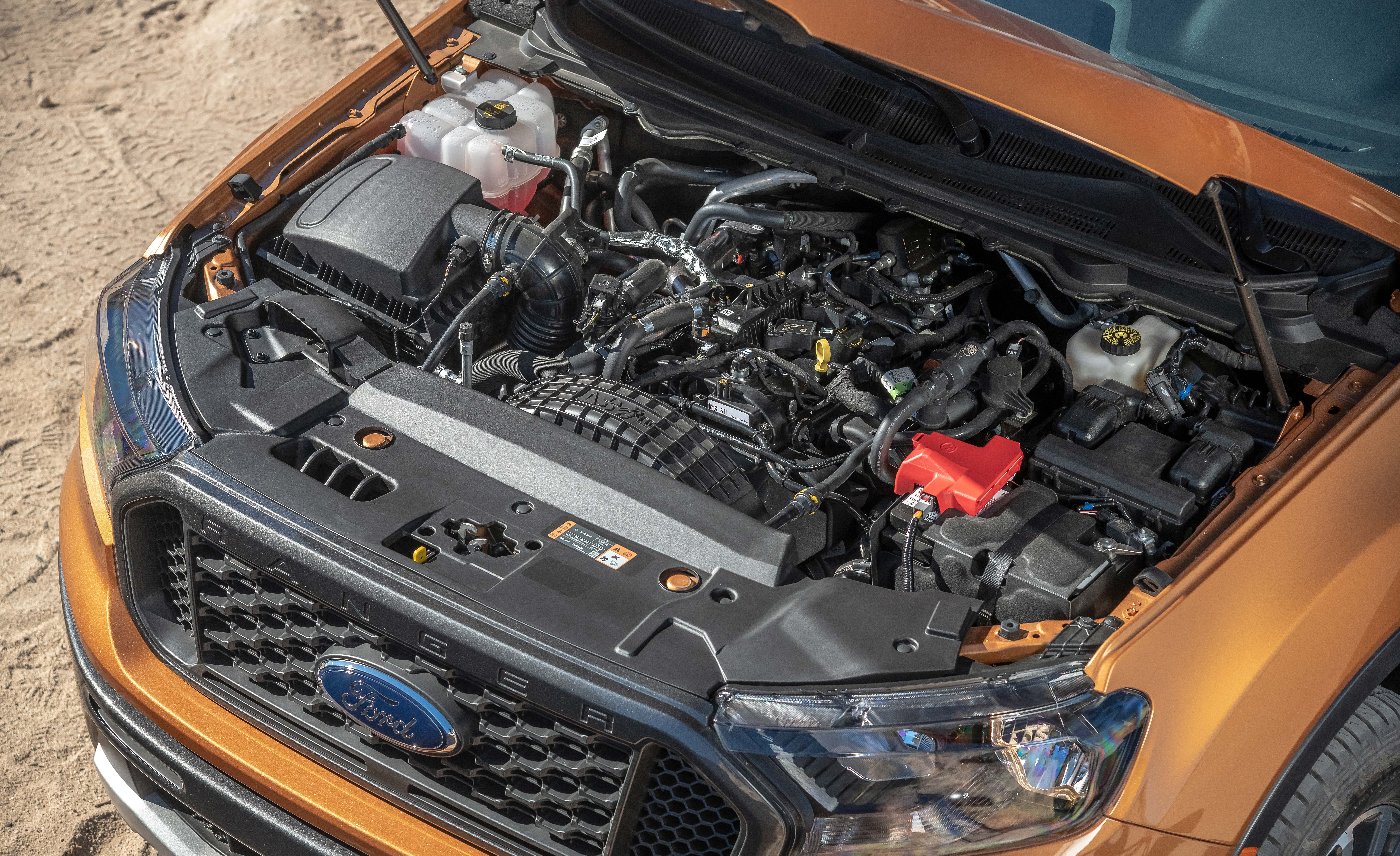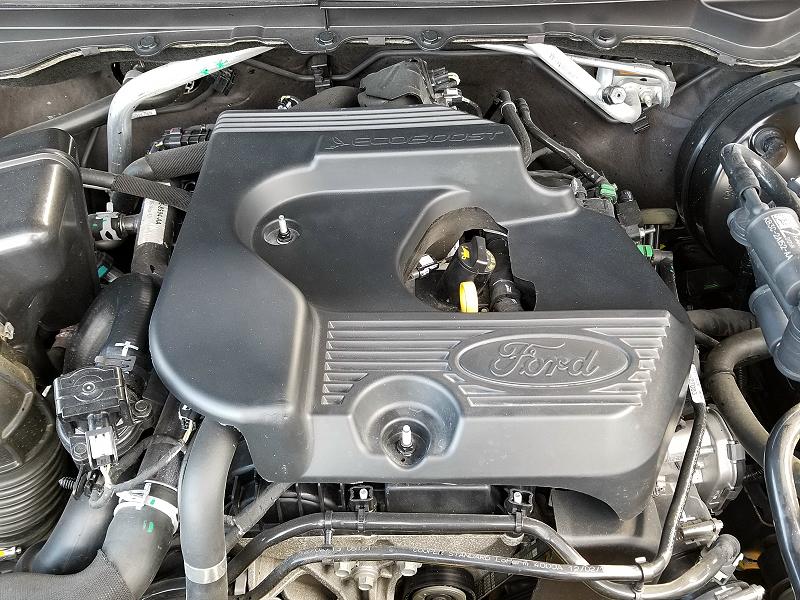Understanding the Basics of Automobile Engines: Features, kinds, and functions

Review of Vehicle Engines
An auto engine acts as the heart of a lorry, transforming gas right into mechanical power to propel it onward. This complex system consists of different components that work in unison to guarantee optimal performance and performance. The essential procedure of a cars and truck engine includes the internal combustion process, in which fuel and air are mixed, sparked, and expelled to develop power.
The engine's design can substantially influence its performance, fuel performance, and exhausts. Trick components include the cylinder block, pistons, crankshaft, and camshaft, each playing a crucial role in the engine's overall feature. The cylinder block houses the cyndrical tubes where combustion occurs, while the pistons transform the eruptive power from burning right into linear movement. This movement is after that transformed into rotational power by the crankshaft, making it possible for the vehicle's wheels to transform.
In enhancement to these parts, engines often use different systems such as fuel shot, ignition, and cooling systems to enhance performance and long life. Understanding the basic mechanics of cars and truck engines is vital for diagnosing concerns and performing upkeep, eventually adding to the automobile's integrity and efficiency over time.

Kinds of Vehicle Engines
Car engines can be classified into numerous kinds based upon their style, gas type, and functional principles. 2.2 ford ranger engine. One of the most usual groups consist of internal burning engines (ICE), electric engines, and hybrid engines
Inner combustion engines, which can be more separated into gasoline and diesel motor, operate by igniting a fuel-air blend to generate power. Gasoline engines are typically lighter and smoother, while diesel motor are a lot more fuel-efficient and offer greater torque.
Electric engines utilize electric energy kept in batteries to power an electrical motor, supplying instantaneous torque and absolutely no emissions throughout procedure. As modern technology developments, electric cars (EVs) are significantly becoming preferred for their ecological advantages and reduced running prices.
Crossbreed engines combine elements of both internal combustion and electrical engines, enabling flexible source of power and improved fuel efficiency. They can run in different modes, utilizing either the fuel engine, the electrical motor, or both all at once.
Each kind of engine has distinctive benefits and downsides, influencing their application in various vehicle types and market sectors, from small autos to sturdy trucks. Recognizing these types is crucial for making informed choices relating to vehicle option and performance assumptions.
Engine Features Explained
Recognizing engine features is critical for realizing just how vehicles run successfully. At the core of any kind of interior combustion engine exists the basic process of converting gas into mechanical energy. This process starts with the intake stroke, where air and gas are attracted into the burning chamber. Following this, the compression stroke compresses the air-fuel blend, enhancing its temperature and pressure.
The ignition takes place following, sparking the blend and producing a rapid development of gases. This force drives the piston down throughout the power stroke, which eventually converts right into the rotational motion of the crankshaft. The exhaust stroke then expels the invested gases from the chamber, making means for a new cycle to commence.
Along with these primary features, engines additionally integrate systems that handle air conditioning and lubrication, ensuring optimum operational temperature levels and minimizing rubbing in between relocating parts. This elaborate interaction of functions enables the engine to generate the power necessary for lorry propulsion while keeping efficiency and dependability. Comprehending these features offers important insight into the intricacies of vehicle design and improves the capacity to diagnose and resolve engine-related concerns effectively.
Key Engine Functions
Engine design encompasses several key attributes that significantly influence performance, sturdiness, and performance. Among the most essential aspects is the engine arrangement, which includes inline, V-type, and level layouts. Each setup influences the engine's dimension, power, and balance outcome, consequently influencing general vehicle dynamics.
Another crucial feature is the engine variation, referring to the complete quantity of all cylinders. Bigger displacements commonly yield more power however might endanger fuel effectiveness. Engine products likewise play a critical role; high-strength and light-weight products, such as aluminum and magnesium alloys, boost more helpful hints efficiency without including too much weight.
The kind of fuel shot system used-- such as multi-port or straight shot-- influences combustion efficiency and discharges. Turbocharging and turbo charging are functions that boost engine efficiency forcibly added air right into the burning chamber, enhancing power output without considerably increasing engine size.
Lastly, the visibility of innovative engine management systems maximizes fuel-air mixture and ignition timing, adding to smoother procedure and much better gas economy. Collectively, these features specify More about the author an engine's abilities, establishing the foundation for its efficiency and longevity in a competitive automotive landscape.
Upkeep Tips for Engines
Correct engine maintenance is vital for ensuring ideal performance and long life, as overlooking regular treatment can result in significant issues down the line. To maintain your engine successfully, begin with normal oil changes, usually every 3,000 to 7,500 miles, relying on the kind of oil utilized. Fresh oil lubricates engine components, lowering rubbing and wear.
In addition, keeping track of coolant degrees is vital to stop overheating. Make sure that the coolant is topped up and is in excellent problem to keep reliable temperature regulation. On a regular basis check and replace air and gas filters, as blocked filters can prevent air movement and gas shipment, jeopardizing engine efficiency.
Additionally, focus on ignition system and ignition systems. Used or defective spark plugs can cause misfiring and decreased performance. Inspecting the battery terminals and connections for rust is also necessary, as a weak battery can affect engine starting.

Final Thought
In recap, a comprehensive understanding of vehicle engines includes various types, features, and vital functions that substantially influence automobile efficiency. Internal combustion engines, together with electric and hybrid options, show diverse mechanisms for power conversion. 2.2 ford ranger engine. Acknowledging the crucial functions, such as consumption and exhaust cycles, alongside important engine attributes like configuration and helpful site gas injection systems, outfits car owners with the understanding necessary for effective upkeep and procedure, inevitably boosting automobile durability and effectiveness
A car engine offers as the heart of a car, transforming gas into mechanical power to push it onward. The essential procedure of a vehicle engine involves the internal combustion procedure, where gas and air are mixed, ignited, and eliminated to develop power.
On a regular basis inspect and replace air and fuel filters, as clogged filters can prevent air flow and gas shipment, jeopardizing engine effectiveness. - 2.2 ford ranger engine
In summary, a detailed understanding of car engines incorporates numerous kinds, features, and essential functions that considerably influence vehicle efficiency. Identifying the crucial features, such as consumption and exhaust cycles, along with essential engine functions like setup and gas injection systems, outfits auto proprietors with the knowledge needed for effective upkeep and procedure, inevitably enhancing car longevity and efficiency.